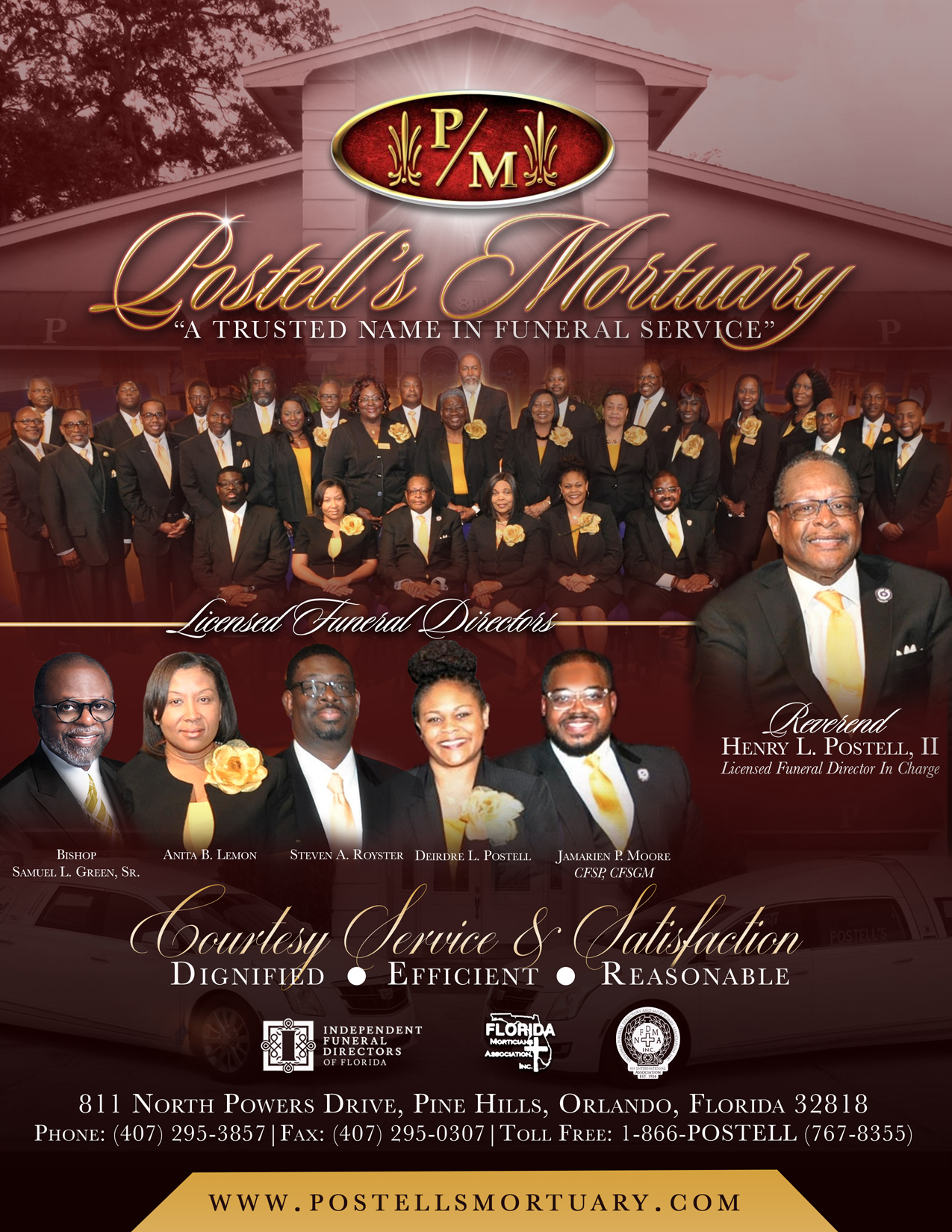In the Middle East and Europe, both burial and cremation are evident in the archaeological record in the Neolithic era. Cultural groups had their own preferences and prohibitions. The ancient Egyptians developed an intricate transmigration-of-soul theology, which prohibited cremation. This was also widely adopted by Semitic peoples. The Babylonians, according to Herodotus, embalmed their dead. Early Persians practiced cremation, but this became prohibited during the Zoroastrian Period. Phoenicians practiced both cremation and burial. From the Cycladic civilisation in 3000 BCE until the Sub-Mycenaean era in 1200–1100 BCE, Greeks practiced inhumation. Cremation appeared around the 12th century BCE, constituting a new practice of burial, probably influenced by Anatolia. Until the Christian era, when inhumation again became the only burial practice, both combustion and inhumation had been practiced, depending on the era and location.[8] Romans practiced both, with cremation the rule until the later imperial period.[citation needed]
I could stand here and list all the ways I admire him…but well, a lot of you have flights to catch. But I would like to share a few reasons why I admire my Dad. First and foremost was his love and commitment for my Mother. And not just marital commitment. He was committed to making her HAPPY. If it was important to her, it BECAME important to him. They were happily married for 32 years, and during his last days, his only concern was for Mom’s well being, and not his own impending mortality.
In this story, figuratively, God is the Master Gardner and each one of us is his special plants. And those of us that are blessed enough to be called parents are the apprentices. And similar to this story God perfectly selected Luke’s parents to nurture and love him in Ben and Adie. Many of us are lucky enough to see the sprouts, buds and blooms of our plants while we are here on earth; however some plants like precious Lucas, the Lord has taken home to see him bloom in his garden. Is a funeral home the same as a mortuary?
You will likely need a funeral director to help you make arrangements for handling the body, but in many states, this is not required. If you are in an area that permits home funerals and burials, you may be able to handle most of the preparation yourself. See our page on home funerals and burials. As far as arranging the ceremony, you may find that you would like to work with a funeral celebrant. A funeral celebrant is a trained professional whose job is to help you plan the type of ceremony you would like.
Robin Fisher and all the staff at the Oviedo location are consummate professionals who are a credit to their calling. You have taken care of our family for the second time and we cannot press our thanks adequately. Most of my family members are signed up with national Cremation secure in the knowledge that when our time comes they will take care of our families. Mike
Our compassionate experts can walk you through every step of the cremation process, including the care for and preparation of the body (which varies depending on religious requirements and type of service chosen), planning a unique funeral or memorial service that reflects the individual, choosing a burial option and selecting family keepsakes. We offer cremation packages to fit your family tradition, personal wishes and budget.
How many funeral homes are in the US?
After the unexpected death of a family member, we were overwhelmed with the process of laying her to rest. Like anyone on a budget, I started calling around to get prices. It felt like an insensitive thing to do but cremation/burials is a competitive business, and believe me, the costs are startling. But then I called Oviedo's National Cremation & Burial Society and their direct cremation option were surprisingly affordable - literally thousands less than the other local providers. Our family member made it known she wanted her ashes scattered at sea so a direct cremation worked for us. They... Read More
^ Shimizu, Louise Picon; Maruyama, Meredith Enman; Tsurumaki, Nancy Smith (1998). Japan Health Handbook. Kodansha International. p. 335. ISBN 4-7700-2356-1. Not only is cremation of the body and internment [sic] of the ashes in an urn a long-standing Buddhist practice, it is also a highly practical idea today, given the scarcity of burial space in crowded modern Japan.
Should I attend both the wake and the funeral?
Here are some ceremonies for moments and occasions that have been neglected as opportunities to express care and love. Whether a funeral or memorial is organized by the religious orientation of the family, or is created to express sanctified and unique expression, there are ideas here to consider. Our Language for the Journey suggests poems, readings, and prayers. Below you'll find templates and ideas for different kinds of end-of-life ceremonies.

